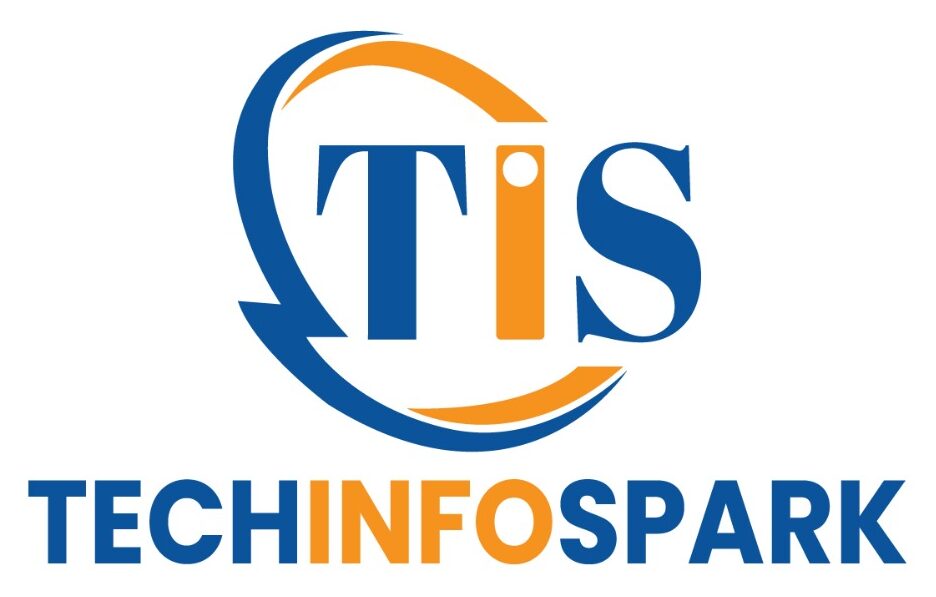Why cybersecurity matters (in one minute)
-
Attackers automate. Commodity malware and credential-stuffing bots look for easy wins 24/7.
-
Humans make mistakes. A single phish can bypass expensive tools.
-
Regulators care. Breaches trigger fines, lawsuits, and mandatory disclosures.
-
Trust is fragile. Customers and partners expect security lose it and revenue follows.
The most common cyber threats
1) Phishing & social engineering
Attackers impersonate trusted brands, vendors, or even your CEO to trick people into clicking malicious links, sending payments, or sharing logins. Variants include spear-phishing (targeted) and business email compromise (invoice/payment fraud).
2) Ransomware
Malware that encrypts your data and demands payment. Modern crews also steal data first, then extort you by threatening to leak it.so backups alone aren’t enough unless paired with incident response and data loss prevention.
3) Credential attacks
Weak or reused passwords fuel credential stuffing (trying leaked logins across sites) and brute force attempts. Once in, attackers blend into normal user activity.
4) Vulnerabilities & zero-days
Unpatched software, misconfigurations, and newly discovered flaws open the door to remote code execution, privilege escalation, and data theft especially in internet-exposed apps, VPNs, and firewalls.
5) Insider and third-party risk
Malicious insiders, careless employees, and compromised vendors or managed service providers can all become breach pathways. Supply-chain attacks inject malicious code or abuse trusted access.
6) Cloud & SaaS misconfigurations
Public buckets, overly permissive IAM policies, exposed API keys, and weak tenant isolation can leak data or allow lateral movement across your cloud estate.
7) IoT/OT exposure
Unmanaged cameras, printers, smart sensors, and industrial control systems often ship with weak defaults and poor patching, making them ideal footholds.
Practical, layered solutions
People & process: Reduce human risk
-
Security awareness training: Short, frequent sessions with realistic phishing simulations. Measure click-through and report rates.
-
Clear policies: Acceptable use, data handling, password, and BYOD policies should be simple and enforced.
-
Role-based access & least privilege: Grant the minimum needed permissions; review quarterly.
-
Vendor due diligence: Security questionnaires, SOC 2/ISO 27001 evidence, and contract clauses for breach notification.
Identity & access: Stop account takeovers
-
Multi-factor authentication (MFA) everywhere. Prefer phishing-resistant methods (FIDO2 security keys or platform passkeys) over SMS codes.
-
Password managers + strong passphrases for the few passwords you still need.
-
Conditional access & SSO: Centralize identity, enforce device health, and block risky sign-ins.
-
Disable dormant accounts and enforce just-in-time (JIT) access for admins.
Data protection: Assume breach, limit blast radius
-
Backups that work: Follow the 3-2-1 rule (3 copies, 2 media, 1 offsite/immutable). Test restores monthly.
-
Encryption: Data at rest and in transit. Manage keys separately from data stores.
-
Data classification & DLP: Know where sensitive data lives; monitor and restrict exfiltration paths.
Endpoint, email, and network: Detect and contain fast
-
EDR/XDR on all endpoints and servers: Look for behavior, not just signatures. Turn on automatic isolation for high-confidence detections.
-
Email security stack: Advanced phishing defense, attachment sandboxing, and enforced SPF, DKIM, DMARC to reduce spoofing.
-
Zero Trust networking: Segment critical systems, restrict east-west traffic, and require identity-aware access (no flat VPNs).
-
Patch & configuration management: Prioritize internet-facing systems and high-impact CVEs. Automate where possible.
Cloud & application security: Build it in
-
CSPM/CNAPP tools: Continuously scan for misconfigurations, public exposures, and drift across AWS/Azure/GCP.
-
Secrets management: Remove credentials from code; rotate keys automatically.
-
Secure SDLC & code scanning: SAST/DAST/Dependency scanning in CI/CD; fix critical issues before release.
-
API security: Inventory endpoints, enforce auth/throttling, and monitor for abuse.
Incident response: Plan before you need it
-
IR playbooks: Who does what, when, and how—cover ransomware, BEC, lost laptop, and cloud compromise.
-
Tabletop exercises twice a year: Involve executives, legal, PR, and IT.
-
Logging & visibility: Centralize logs (SIEM), retain them for investigations, and alert on unusual patterns.
A quick-start security checklist (small teams)
-
Turn on MFA for email, VPN, SaaS, and admin accounts.
-
Deploy EDR to all laptops/servers; auto-isolate on confirmed malware.
-
Enforce automatic updates for OS, browsers, and key apps.
-
Set SPF/DKIM/DMARC records and add an email banner for external senders.
-
Implement 3-2-1 immutable backups and test a restore this month.
-
Roll out a password manager and move to passkeys where supported.
-
Inventory data and lock down public cloud storage.
-
Write a one-page incident plan with critical contacts and steps.
-
Review vendor access and remove what you don’t need.
-
Run a phishing simulation and coach not shame clickers.
Final thoughts
Cybersecurity isn’t about buying one “silver bullet.” It’s about layers: people, identity, devices, networks, data, and response. Start with quick wins (MFA, backups, EDR), then mature toward zero trust, secure cloud configurations, and tested incident playbooks. Organizations that practice the fundamentals consistently are the ones that avoid the headlines.
From the one and only Team Techinfospark
For more tech blogs, visit our website: Tech Info Sparks



